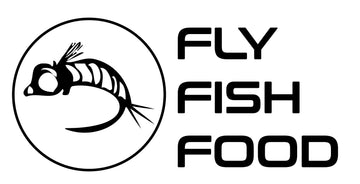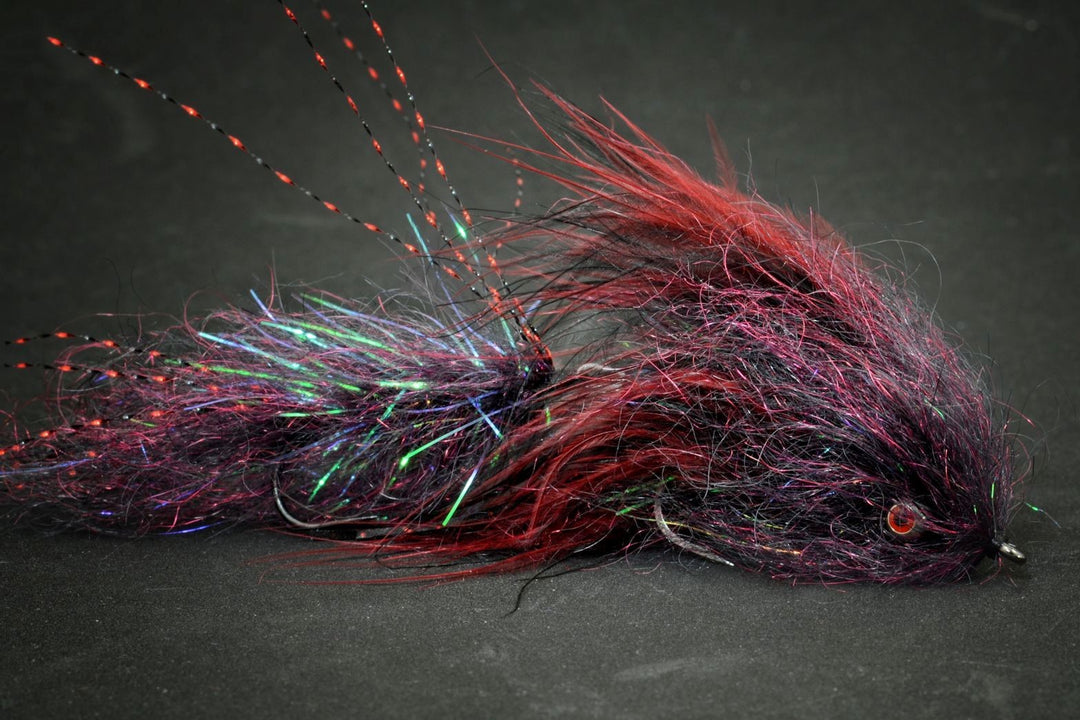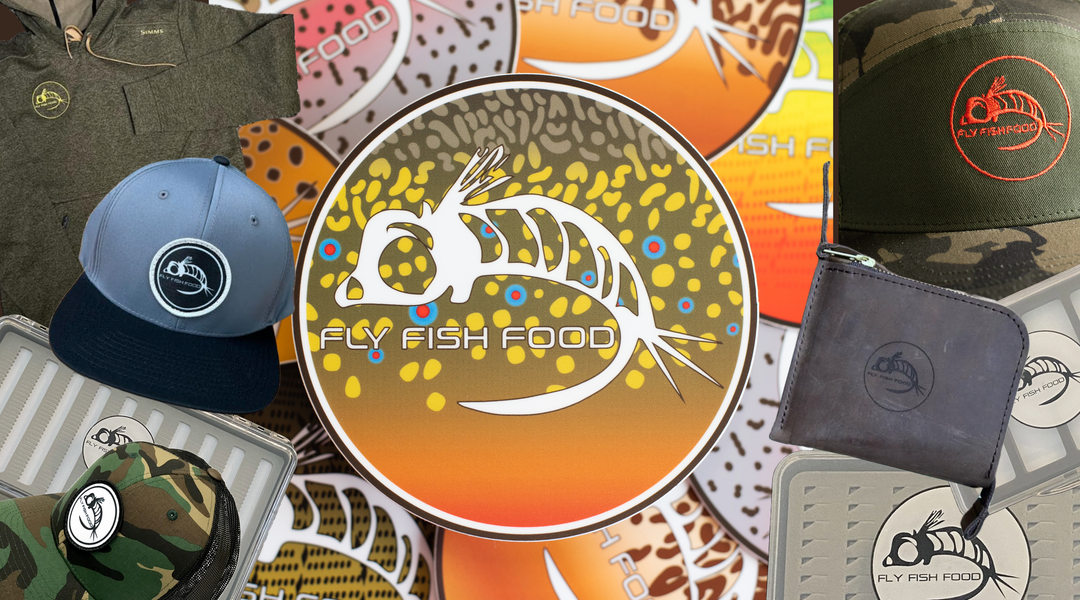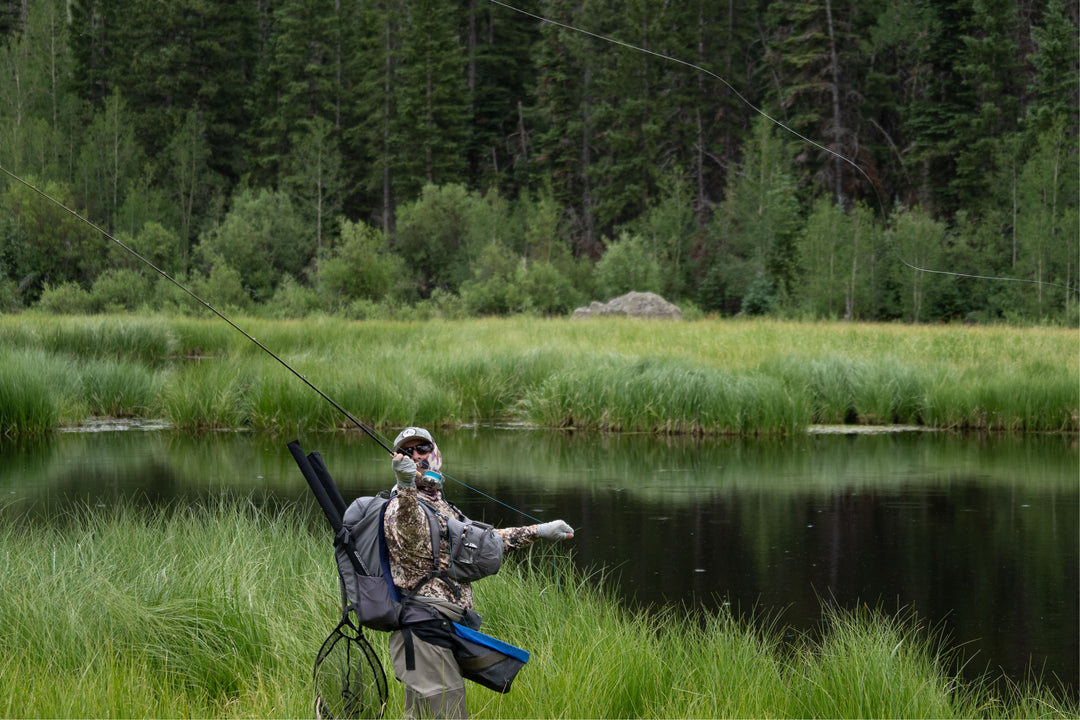Montana ·
Stillwater River Fly Fishing Report - August 8/23/2025
STILLWATER RIVER FLY FISHING REPORT
Montana — Late Summer Update
Report Date: August 23, 2025 | Next Update: August 30, 2025
Current River Conditions
The Stillwater is in classic late‑summer shape — very low flows in most reaches. It’s a wade‑fish river right now: float trips are difficult unless you have an ultralight raft and patience. That low, clear water makes stealth and well‑presented hopper/dropper rigs the ticket through midday.
Flows & Floatability
Flows: Very low — many stretches effectively unfloatable.
Float advice: Not recommended for typical rafts; walk‑wade or short raft sections only.
Flows: Very low — many stretches effectively unfloatable.
Float advice: Not recommended for typical rafts; walk‑wade or short raft sections only.
Water Clarity & Temp
Clarity: Generally clear — trout can be spooky.
Temperature: Typical late‑August pattern — cool early morning, warms into the mid‑50s to low‑60s F midday in shallow runs; watch for stress in shallow warm water.
Clarity: Generally clear — trout can be spooky.
Temperature: Typical late‑August pattern — cool early morning, warms into the mid‑50s to low‑60s F midday in shallow runs; watch for stress in shallow warm water.
Access & Pressure
Access: Bridge approaches and public pullouts are best for quick wade entries.
Pressure: Lower than peak summer — but fish close to quiet banks and deeper pockets to avoid spooking.
Access: Bridge approaches and public pullouts are best for quick wade entries.
Pressure: Lower than peak summer — but fish close to quiet banks and deeper pockets to avoid spooking.
Safety & Conservation
Use barbless hooks, handle fish carefully in warm water windows, keep time out of water minimal. Avoid wading in very shallow warm riffles during hottest part of the day.
Use barbless hooks, handle fish carefully in warm water windows, keep time out of water minimal. Avoid wading in very shallow warm riffles during hottest part of the day.
Hatch & Surface Activity
| Insect / Food | Typical Size | Activity | Best Time |
|---|---|---|---|
| Terrestrials (Hoppers, Ants, Beetles) | #6–#10 (hoppers large) | Heavy — primary surface feed | Midday → afternoon |
| Midges | #18–#24 | Steady, throughout day | All day; crepuscular peaks |
| Caddis | #14–#18 | Light → Moderate | Evening skittering and rises |
| Baetis / Small Mayflies (sporadic) | #16–#20 | Light | Calm, cooler windows |
| Salmonflies / Big Stones | #4–#8 | Mostly finished for season | Earlier summer (now rare) |
Tactics — What’s Working
- Morning: Start with nymphs in deeper seams; fish indicator rigs or euro tactics through riffles.
- Midday: Switch to hopper/dropper rigs along banks and foam lines — this is the strongest window right now.
- Evening: Tie on size 14–18 caddis or small emergers; watch flats and undercut banks for rising fish.
- Streamers & Big Flies: In low water, slow strip streamers in deep pockets and behind structure; small leech/baitfish streamers can trigger aggressive strikes.
- Midday: Switch to hopper/dropper rigs along banks and foam lines — this is the strongest window right now.
- Evening: Tie on size 14–18 caddis or small emergers; watch flats and undercut banks for rising fish.
- Streamers & Big Flies: In low water, slow strip streamers in deep pockets and behind structure; small leech/baitfish streamers can trigger aggressive strikes.
Rigging & Gear Notes
Rods
4–6 wt for dries and nymphs; 6–8 wt for heavy streamers and long casts.
4–6 wt for dries and nymphs; 6–8 wt for heavy streamers and long casts.
Line & Leaders
Weight‑forward floating line for dries; sink‑tip or 6–8 ft intermediate for streamers. Leaders 9–12 ft tapered; tippets 4X–6X for dries, 2X–4X for streamers.
Weight‑forward floating line for dries; sink‑tip or 6–8 ft intermediate for streamers. Leaders 9–12 ft tapered; tippets 4X–6X for dries, 2X–4X for streamers.
Rigs
Hopper + dropper (3–5 ft drop) with a weighted nymph or tungsten jig; indicator rigs and short leaders for shallow runs.
Hopper + dropper (3–5 ft drop) with a weighted nymph or tungsten jig; indicator rigs and short leaders for shallow runs.
Presentation
Stealth is critical — long casts, soft presentations, and angling into quieter water pockets will win more fish than brute force.
Stealth is critical — long casts, soft presentations, and angling into quieter water pockets will win more fish than brute force.
Recommended Flies (with links)
Below are proven patterns from the fly sheet that match the Stillwater’s late‑August palette. Click any pattern to view details.
- Fancy Pants Hopper - Tan — primary terrestrial for hopper/dropper setups (midday bank pickers).
- Bionic Hopper - Tan — buoyant, highly visible hopper for long casts and drag-free floats.
- Taylor's Fat Albert - Tan — great attractor hopper when fish are looking up but picky on profile.
- Corn‑fed Caddis (CDC) — Olive — skittering caddis for evening rises and picky fish.
- Olsen's Foam Front End Loader Caddis - Tan — floats well and is easy to see in low light.
- Split Case - PMD — use on calm midday windows for small mayfly feeders.
- Tungsten Pat's Rubber Legs — excellent stonefly/nymph attractor as a dropper under hoppers or behind an indicator.
- Pheasant Tail Tungsten — universal nymph; fish on a dropper or with a short leader beneath an indicator.
- Egan's Warrior Perdigon - Rainbow — slim, fast‑sinking perdigon for clear, low water.
- Olsen's Diabaetis Perdigon — small, dense perdigon for picky, deep fish.
- Black Zebra Midge (TBH) — staple midge pattern for all day fussy takes.
- Sunny Side Up (eggs) — very useful near redds or when fish keys on egg patterns.
- Olsen's DNA Worm — deadly in low water where trout are keying on worms and slugs.
- Coffey's CH Sparkle Minnow - Sculpin — sculpin imitation for deeper pockets and structure.
- Sculpzilla - Natural — go‑to streamer for slow strips in low water.
- Cheech Leech - Black — small leech pattern that triggers reaction strikes in clear pockets.
- Balanced Leech - Olive — balanced streamers fish very well in shallow slack water and behind rocks.
- Soft Hackle Pheasant Tail Jig — soft hackle jigs are excellent when fish are holding tight and not chasing big streamers.
- Mini Jig Leech - Olive — small jig streamers for picking off fish from deep seams and tails.
How to Fish These Patterns
- Hopper/Dropper: Cast foam hopper into foam lines and attach a 3–5 ft dropper with a weighted nymph (tungsten Pat's, PT). Let drift naturally — mend aggressively to avoid drag.
- Indicator Nymphing: Use a small strike indicator or euro setup with a perdigon or zebra midge near the business end. Depth and subtle presentation win day after day.
- Streamer Play: Slow, purposeful strips in deep seams; short pauses and quick strips both trigger strikes. Focus behind boulders, in tailouts, and below undercuts.
- Evening Surface: Skitter caddis and small PMD dries across flats and undercut banks. Fish often take gently and can be picky — small tippet and long leaders help.
Quick Checklist
Must-pack Flies
Fancy Pants Hopper, Tungsten Pat's Rubber Legs, Black Zebra Midge, Corn‑fed Caddis, Coffey's Sculpin.
Fancy Pants Hopper, Tungsten Pat's Rubber Legs, Black Zebra Midge, Corn‑fed Caddis, Coffey's Sculpin.
Leader / Tippet
9–12 ft leader; 4X–6X tippet for dries, 3X–5X for nymphs and streamers.
9–12 ft leader; 4X–6X tippet for dries, 3X–5X for nymphs and streamers.
Other
Forceps, net, polarizing sunglasses, wading staff, insect repellent, and a plan to walk between promising pockets.
Forceps, net, polarizing sunglasses, wading staff, insect repellent, and a plan to walk between promising pockets.
Final note: Low, clear water rewards quiet approaches and patient presentation. If you find pressured banks, move a bit farther upstream or down to quieter pockets — trout will often be staged in seams you can only reach on foot. Tight tippets and careful mending beat power casts in these conditions.




